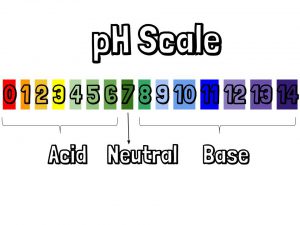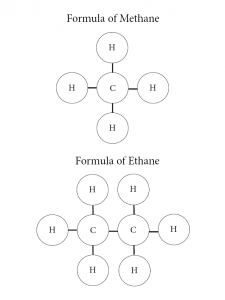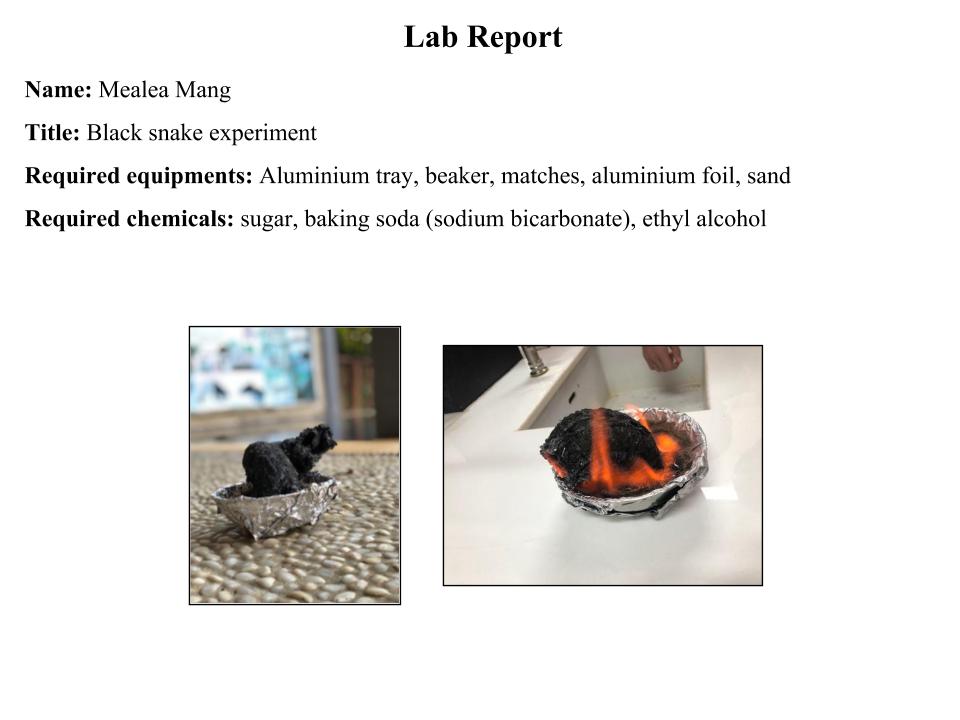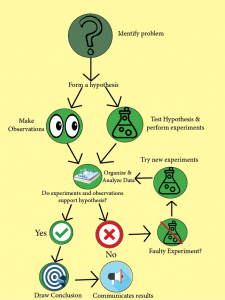Have you ever heard about Newton’s Laws of Motion? Well, we covered this lesson in our last round of the year. We studied each one of the laws and did experiments throughout the learning course. The lesson is not very difficult to learn itself, but it’s hard to understand without learning the key vocabulary in the lesson. Below is the list of vocabulary in all Newton’s Three Laws of Motion that you should know beforehand, in order to easily understand the content.
- Newton: unit of force
- Inertia: the tendency of an object to resist a change in motion
- Force: an influence tending to change the motion
- Unbalanced Force: force that causes a change in motion of an object
- Acceleration: the rate of change in direction and speed
- Momentum: the quantity of motion of a moving body
- Velocity: the change in position, direction and mass of an object
- Net Force: total force acting on an object
- Mass: the quantity of an object
This is just a reminder that above are only some of the vocabularies that you might encounter while learning/reading about Newton’s Laws of Motion.





